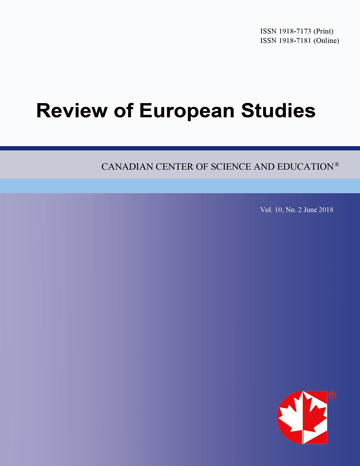Generational Divide: A New Model to Measure and Prevent Youth Social and Economic Discrimination
- Luciano Monti
Abstract
Measures concerning intergenerational inequality generally refer to youth unemployment or youth household income and wealth. The common conclusion is that the generational gap is represented by negative trend of youth unemployment and NEETS. In this paper, I argue that this phenomenon is not the cause of intergenerational unfairness, but one of its effects.
The pioneering efforts to measure the intergenerational fairness through a set of multidimensional indicators are the starting point for deeper analysis. The purpose of this paper, however, is not only to measure unfairness, but to quantify the generational divide. The latter is defined as the intensity of material and immaterial barriers affecting a sound development of individuals.
The way to measure such a phenomenon is to use a new and comprehensive, synthetic index, applied to the Italian youth emergency and social discrimination. For this reason some new indicators are added to the previous models, such as credit crunch, the scar inferred to NEET (Not in Education, Employment or Training), digital divide and barriers to mobility.
The results of this pilot analysis in the selected country for the period 2004-2012 demonstrate a worsening of the generational divide over the last five years and these high negative trends are mainly due to housing costs, decreasing incomes and the pension burden. These results suggest the need for a deep and careful consideration on the real intergenerational sustainability of current European and development strategies and show a large discrimination towards the younger generations.
- Full Text:
 PDF
PDF
- DOI:10.5539/res.v9n3p151
Index
- Academic Journals Database
- ACNP
- CNKI Scholar
- COPAC
- DTU Library
- Elektronische Zeitschriftenbibliothek (EZB)
- EuroPub Database
- Excellence in Research for Australia (ERA)
- Genamics JournalSeek
- Google Scholar
- Harvard Library
- HeinOnline
- IBZ Online
- Infotrieve
- JournalTOCs
- LOCKSS
- MIAR
- Mir@bel
- PKP Open Archives Harvester
- Publons
- RePEc
- ResearchGate
- ROAD
- Scilit
- SHERPA/RoMEO
- Standard Periodical Directory
- Technische Informationsbibliothek (TIB)
- The Keepers Registry
- UCR Library
- Universe Digital Library
- WorldCat
- Zeitschriften Daten Bank (ZDB)
Contact
- Paige DouEditorial Assistant
- res@ccsenet.org
